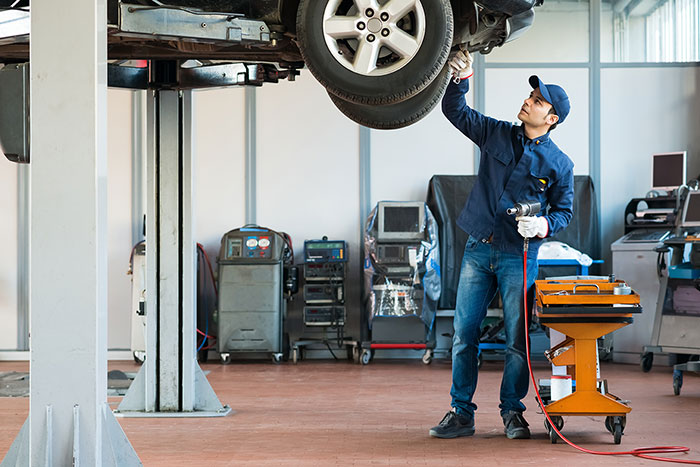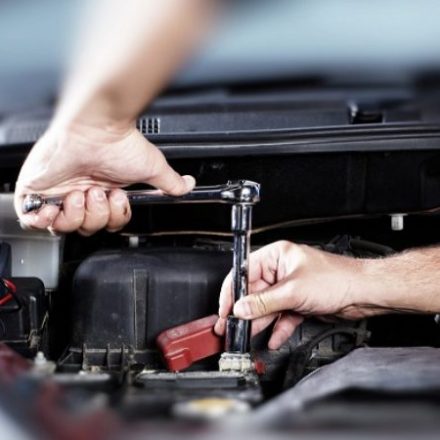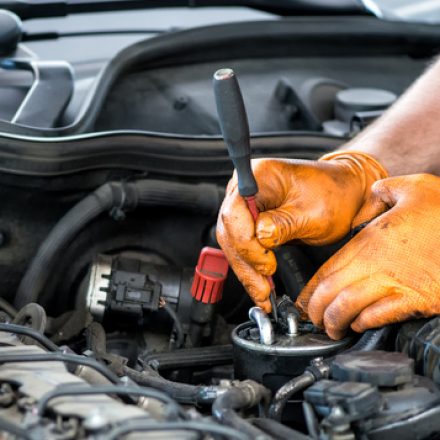
How Technology Is Changing How We Treat Brake Repair
As technology advances in the auto repair business, it also challenges shops. But, as shops continue to adapt and run with it, they can be more successful.
One of the most significant changes is electronic brake pad wear sensors. These are now standard in many European and Asian vehicles.
Brake Pads
Brake pads apply frictional material that presses against the disc brake rotor whenever you step on your brakes. This friction process turns kinetic energy into thermal energy, making it possible to stop your vehicle.
When the pads wear down, they can no longer provide the necessary braking force. This is why they need to be replaced.
Brake pads are made from various materials, including non-asbestos organic (NAO), ceramic, and semi-metallic. Each type performs differently and is suited to different driving styles, conditions, and vehicle applications.
Low-metallic NAOs are ideal for smaller, entry-level cars as they offer excellent braking power and are softer, more flexible, and quieter than semi-metallic options. On the other hand, medium-sized vehicles and lorry drivers require more metal in their brake pads to ensure they stop in time. High-performance cars and track-capable ones can benefit from ceramic pads that transfer the friction material to the rotor for superior stopping performance.
Brake Rotors
You might think of brake pad replacement from brake repair Edmonds WA for instance, when you think about routine car maintenance, but your rotors need attention too. Rotors work by slowing down the wheels with heat friction, and when they begin to wear down, they might not be as effective as they should be.
They might also have a squealing sound when depressing the brake pedal, they might veer to one side during braking, or the vehicle might take longer to stop than usual. It’s essential to get your rotors checked out right away if you notice any of these symptoms.
In the past, mechanics would resurface rotors with a lathe. This machining method, or “turning,” allows them to remove surface irregularities like grooves from regular service and rust, pitting, or cracks.
Brake Fluid
A vehicle’s brake system is one of the most vital parts of your vehicle–it stops your car when you press the pedal. That’s why routine brake maintenance is so essential.
The braking fluid used in your system must have the correct characteristics to work correctly. It needs to maintain a low level of compressibility across wide temperature ranges while still providing sufficient liquid viscosity.
Brake fluids come in several types, including DOT 3, DOT 4, and DOT 5. Each has different properties.
DOT 3 is the most common type of braking fluid in use today. It’s a glycol-based fluid that absorbs moisture from the air.
DOT 3 is affordable and can be used in most vehicles. It also has a lower boiling point than DOT 4. Glycol-based brake fluids should never be mixed with silicone, designed for vehicles without anti-lock brake systems.
Brake Pedal
Your brake pedal is your braking system’s first and most important part. When you press it, all the components of your braking system get into action.
So it’s no surprise you want to immediately fix a low or soft pedal. The pedal should feel firm like it has a tight hold on the brakes.
This condition has several causes, including air in the brake lines. Allowing air to enter the brake lines can interfere with the fluid and prevent it from flowing properly.
To avoid this issue, have your brake fluid exchanged every two years. Besides keeping the fluid fresh, this service can help remove moisture that may enter the brake lines from exposure to the air. It also helps keep sludge from building up in the brake lines, which can make the brake pedal feel stiff.





